
Tazumal was nominated for UNESCO World Heritage Site status in 1993 but is still awaiting a decision. The ruins reflect 3200 years of continuous human occupation. The name means, "pyramid where the victims were burned." The sector covers 4 square miles but has only been partially excavated. Tazumal was known as a trading post for obsidian, ceramics, and cacao between Mexico and Panama. The prize artifact to date is the life-sized statue of Xipetotec, the god of fertility which is housed at the David J. Guzmán National Museum in San Salvador (see San Salvador sights).

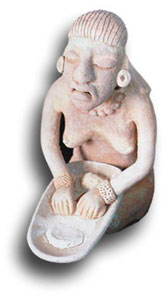


While there are many dramatic ruins throughout Mexico and Central America, the archaeological sites in El Salvador offer an important glimpse into what daily life was like for the Mayan society.
What makes El Salvador interesting in relation to archaeology is that excavation is an on-going program. New discoveries are being made every season with a renewed focus aimed at conservation of those sites already exposed.
Visiting the ruins is an easy drive from the capital. San Andres and Joya de Ceren are located within a short distance of each other. San Andres has a pyramid monument and residential areas. Aerial photos show signs of approximately 1200 homes.
Joya de Ceren was declared a UNESCO World Heritage Site in 1993. Often compared to Pompeii, Joya de Ceren was buried under layers of ash from an eruption around 600 A.D. This event preserved the village revealing numerous artifacts that fleeing residents left behind. There are municipal structures, communal baths, furniture, utensils, food, textiles, and ceramics on display.




Gateway El Salvador

Mayan Ruins
Joya de Ceren
San Andres
Tazumal
Hours:
Tues-Sun
9-4pm
Tel: 2408-4295
Admission: $3
Parking: $1

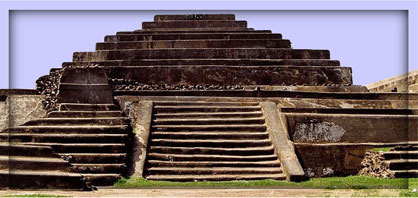
Photo credit: Mi Tierra
Mayan Ruins
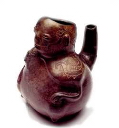
Mayan ruins
Home



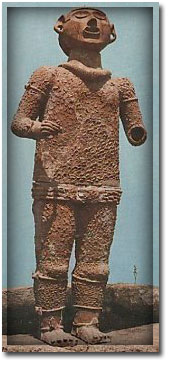
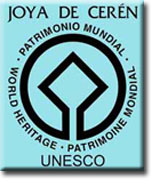
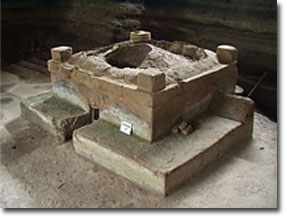


The ruins are under the protective care of FUNDAR. They have an excellent website full of photographs and details about the ruins. Visit them at:
Directions:
Get on the CA-1 highway heading west. Pass through the suburb of Santa Tecla. Take the Pan American highway exit marked,"Este Panamericana CA-1A," and follow the signs to Joya de Ceren/San Andres. The turnoff for San Andres is at Kilometer marker 32. Joya de Ceren is located at Kilometer marker 35 on the way to San Juan Opico.
Admission: $3. Parking: $1. After touring the ruins, stop by the museum and gift shop where they sell excellent reproductions of mayan artifacts such as masks, statues, and vessels. There is also a small cafe, picnic area, and restrooms.
The Tazumal/Casa Blanca complext is further north near the city of Santa Ana (1 hour +). Continue on CA-1 and follow the signs for the town of Chalchuapa. As you near Chalchuapa, look for the first left turn off the highway. Follow this to the Texaco station and make a left which will take you Tazumal. Casa Blanca is just ahead off the main highway.
Map credit: FUNDAR

Joya de Ceren
Photo credit: FUNDAR
Casa Blanca
Photo credit: FUNDAR
Map credit:
Ministry of Tourism
El Salvador

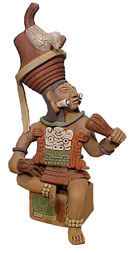
figurine holding cacao pod
In association with
National Geographic
Tazumal Photo credit: FUNDAR
Tazumal Photo credit: FUNDAR
Xipetotec
